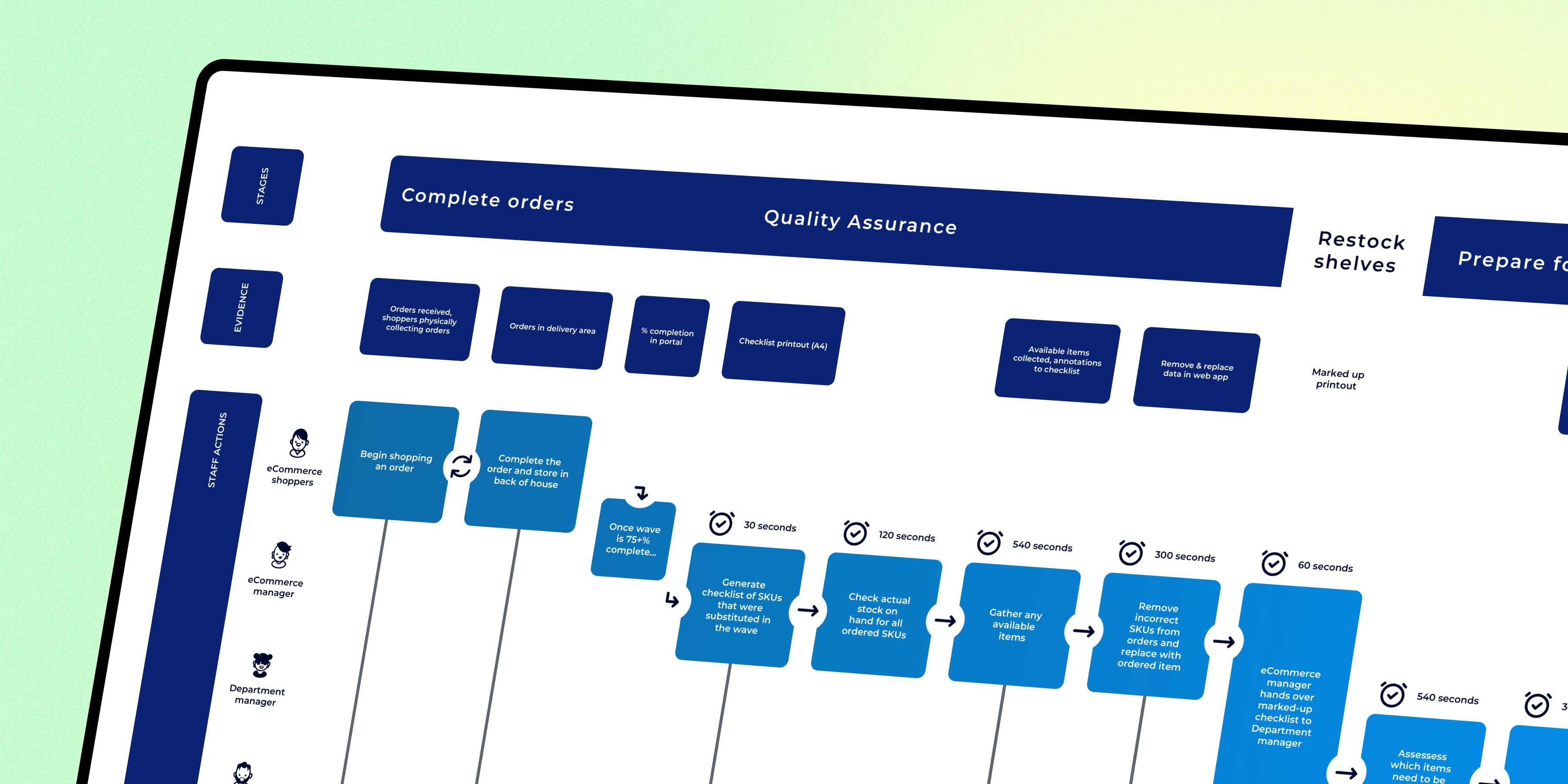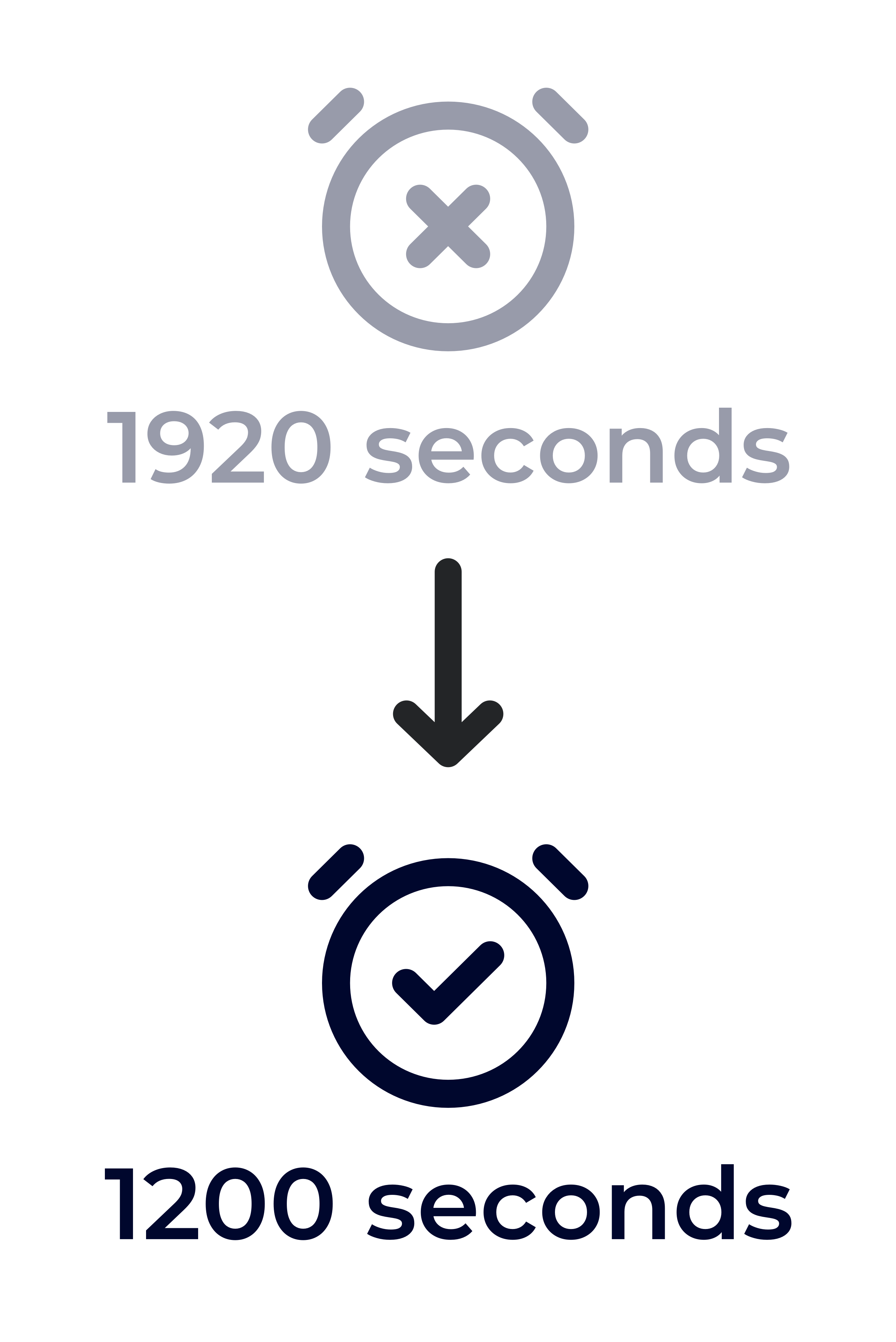Leading design in an innovation pilot that unlocked a $10m investment.
Imagine you're the only full time resource on a pilot requiring custom software and you have a week or so before a scrum team joins. There's no backlog, designs or requirements - where do you start?

Working on a pilot means creating an impact. Proving an impact requires a baseline.
I joined this project as a full-stack designer: there to make blueprints, user research, visual design and code a bit if needed. I knew a fair bit about what we were automating, so could have jumped straight into wireframes.
Instead, I spent the first sprint creating documentation to help new team members have an accurate mental model of the BAU process.
This project reimagined a core quality control process used for more than $2b of eCommerce each year. We were aiming to strategically automate sections of an otherwise mostly manual process. It was important to prove that we were better than BAU, while also shifting platforms from Xamarin to Android.
I designed and helped build new software that removed minutes of manual effort from the end-to-end process.

We were able to prove that BAU processes could be automated using a new technology platform. We moved to productionise the concept and I continued on to guide design.
I've worked on several successful pilots in different industries and half of the challenge seems to be choosing the right scope.
This project had clearly defined objectives: be faster and use new technology. It was just a matter of aligning the team, designing the right software and then letting the results speak for themselves.